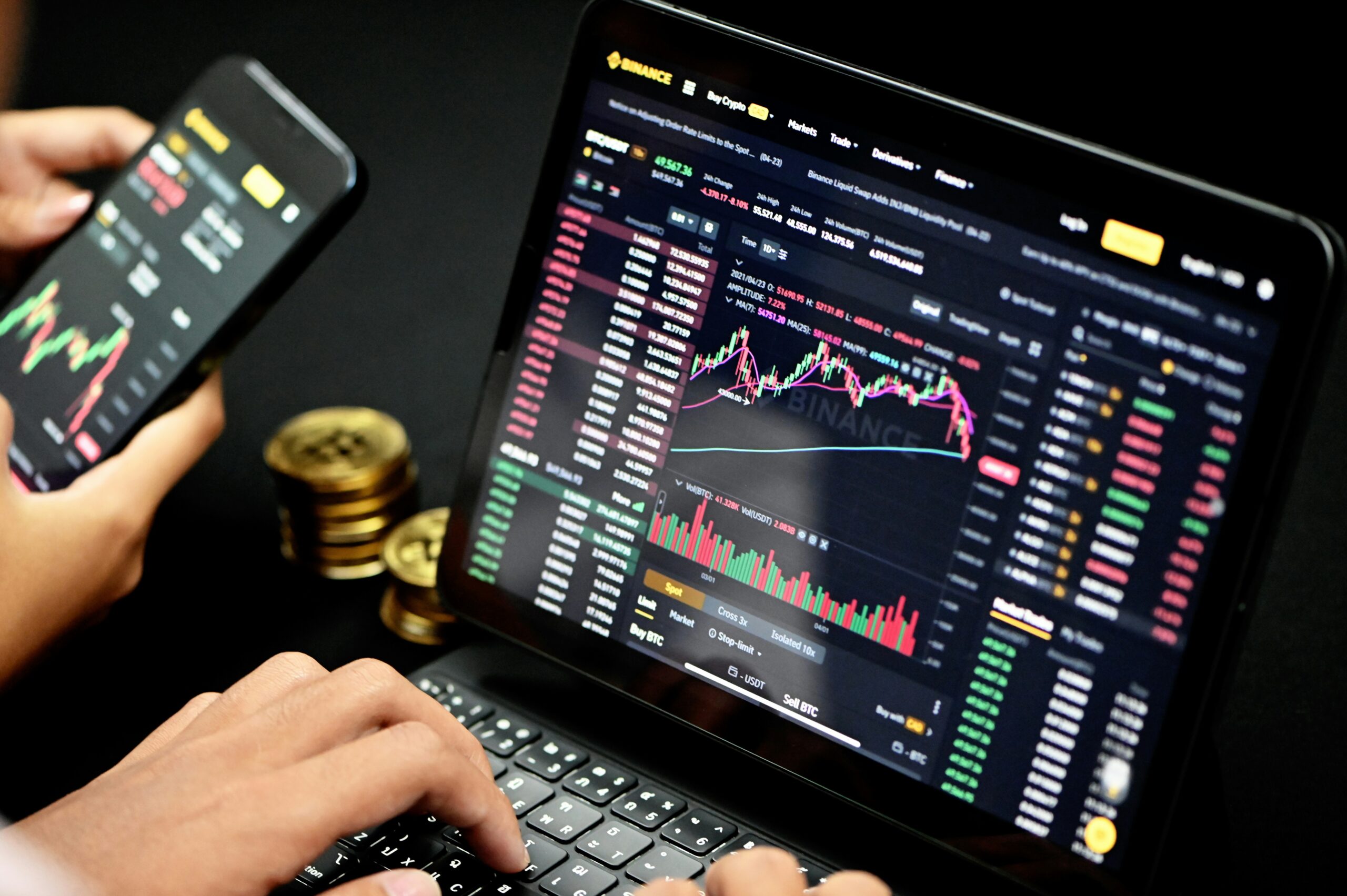The ultimate guide to DCA for crypto trading
How DCA strategy works? DCA or Dollar Cost Averaging is a popular trading strategy that is specifically designed to reduce the impact of market volatility on investment. In the process, you divide your large investment into small chunks and invest each of them regularly at specific intervals. This averages out the cost of investment. If … Read more
